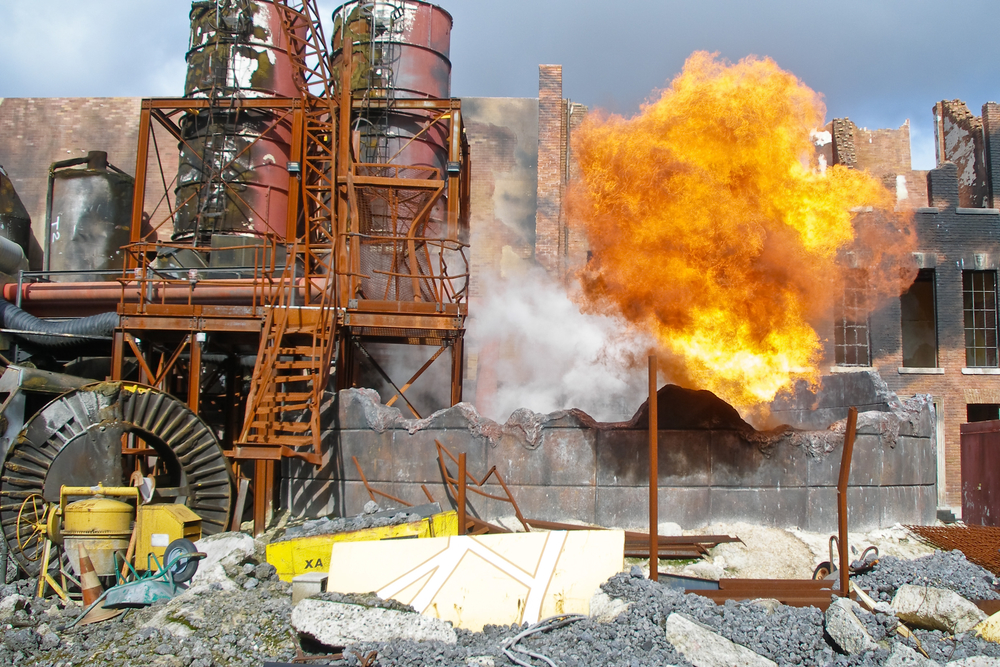Chemical safety and explosion protection under control?
Any company affected by chemicals legislation should also clarify the possibility of an explosion hazard - and vice versa. At the SSI conference on September 14, 2017 in Zurich, both topics will be addressed. Applications and solutions for handling chemicals and EX hazards will be the focus.

REACH and ChemRRV are in a constant state of flux, new substance bans are being issued and user companies have to keep pace. In addition to the legal situation, individual operational conditions are also constantly changing. Storage quantities are increased or reduced, rooms are converted, formulations are changed... Therefore, it is necessary to regularly check whether the handling and storage of chemicals in the company is carried out safely and in accordance with the regulations. Just in case something does go wrong,
effective emergency measures must be taken: Intervening in chemical accidents and disasters poses special challenges for first responders and rescue workers. The rescuers' own protection must be ensured and contamination carryover must be prevented. In the event of a fire, contaminated extinguishing water must be collected and retained. Finally, liability issues and responsibilities in the context of chemical law will be considered.
Devastating consequences in case of application errors
EX hazards can occur wherever flammable liquids, gases and dusts are handled. If application errors occur, whether in recognizing the hazards or in implementing effective protective measures, the consequences can be devastating. The spectrum of affected companies is extremely broad, ranging from gas bottles at barbecue stands to construction sites and workshops to oil refineries and chemical plants.
Whether an explosive atmosphere is present at all can be difficult to detect. Gas detection technology is a valuable tool for monitoring areas and identifying hazardous situations. When explosive atmospheres are present, the avoidance of ignition sources is of utmost importance: electrical installations in EX zones must meet specific requirements and be constructed and maintained with special care. Numerous details must be taken into account. Electric current as a source of ignition can occur not only at electrical installations: Electrostatic charging must also be prevented in EX zones, and installations and work equipment must be grounded.
The detailed program of the meeting here









